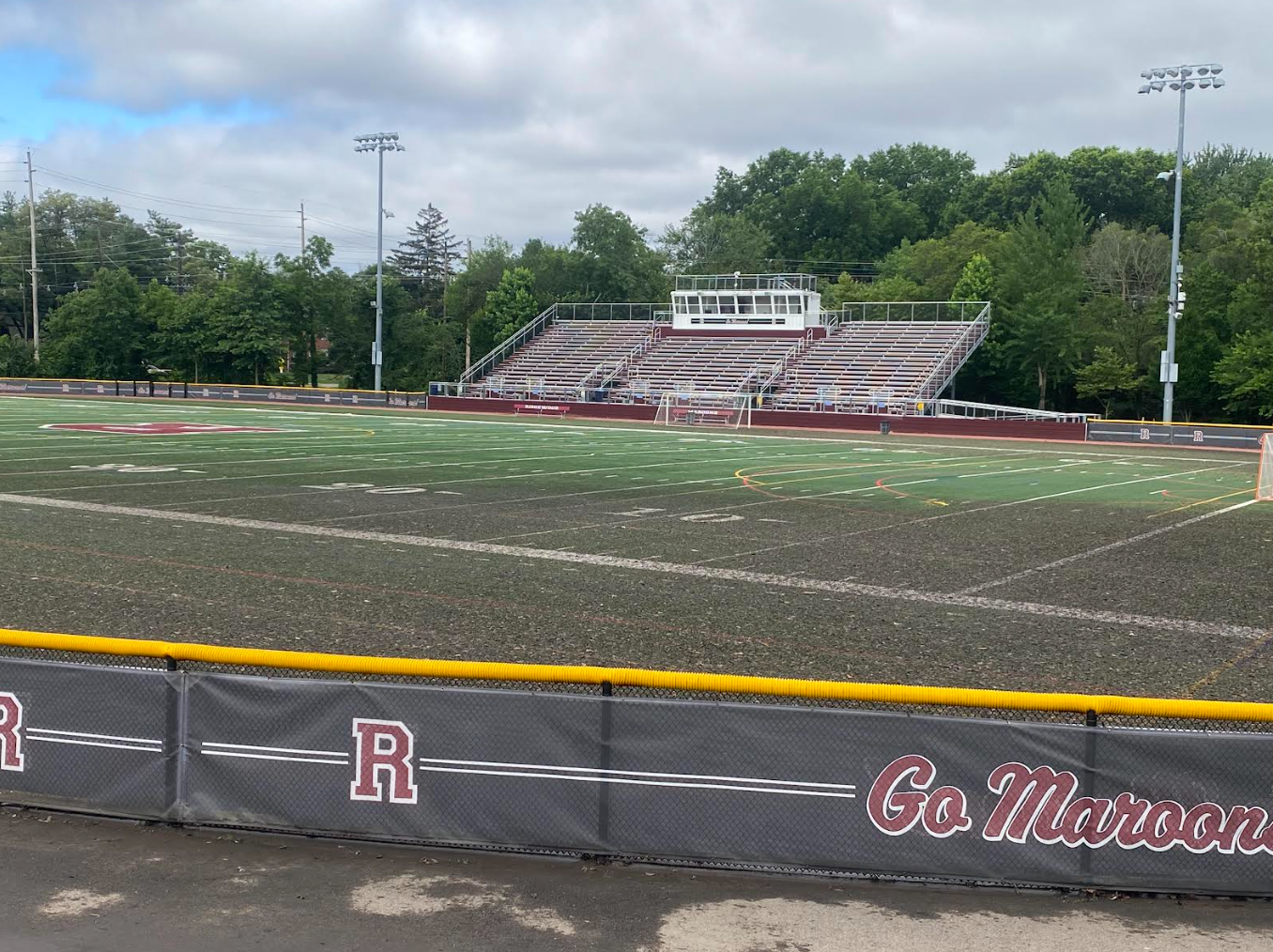
photo courtesy of Boyd Loving
the staff of the Ridgewood blog
RIDGEWOOD — While Ridgewood High School’s Stadium turf field recently passed ASTM G-max testing (the industry standard for measuring shock absorption and surface impact), community advocates are warning that this certification does not tell the full story when it comes to player safety or environmental health.
⚠️ What G-max does measure:
-
Shock attenuation (i.e., how hard or soft the surface is when someone falls).
-
Compliance with safety thresholds to help reduce concussion risk.
❌ What G-max does NOT measure:
-
Exposure to harmful chemicals embedded in turf fibers and infill, such as:
-
PFAS (“forever chemicals”)
-
Heavy metals
-
VOCs (volatile organic compounds)
-
Microplastics
-
-
Potential contamination of soil, air, and water
-
Long-term health risks to students, athletes, and surrounding ecosystems
Despite mounting concerns from scientists and environmental health experts, Ridgewood officials have not conducted comprehensive chemical or ecological testing of the turf systems currently installed at RHS Stadium or Stevens Field.
“Passing ASTM G-max protocols is only one part of field safety. Without rigorous chemical and environmental testing, the community remains uninformed and unprotected from potential exposure to harmful contaminants…”
🌍 Why it matters:
Synthetic turf fields are increasingly under scrutiny nationwide due to evidence linking toxins in plastics and rubber infill to health and environmental risks — particularly with prolonged exposure. Studies have shown that many artificial turf systems can leach microplastic particles into waterways and release chemicals into the air over time.
🔎 What residents are demanding:
-
Independent chemical analysis of the turf fibers and infill
-
Testing for PFAS, heavy metals, VOCs, and microplastic pollution
-
Regular public reporting on environmental and health risks
-
A transparent discussion before any future turf installations move forward
Bottom line: While G-max compliance addresses impact safety, it does little to protect students from what they may be breathing, touching, or tracking home. Ridgewood deserves full transparency and modern safety testing — not just the minimum standards.
👉 Should the Village and BOE commission a full chemical/environmental review of the RHS turf fields? Let us know your thoughts below.
Tell your story #TheRidgewoodblog , #Indpendentnews, #information, #advertise, #guestpost, #affiliatemarketing,#NorthJersey, #NJ , #News, #localnews, #bergencounty, #sponsoredpost, #SponsoredContent, #contentplacement , #linkplacement, Email: Onlyonesmallvoice@gmail.com

They’re never going to learn, just keep on paying. It’s like owning a British car. It will never be reliable. Constant maintenance.
Safe AND effective
Starting to be banned in many parts of the country. Not surprising now that more is known about the contamination and health hazards. Only a matter of time before there is a mandate and deadline to remove.
Pam is now anti-turf with a vengeance.
She is gearing up for a run at the big spot after the Schedler remediation costs and civil suits hit the fan.
Rurik for Mayor !
Hurricane season hasn’t even started yet.